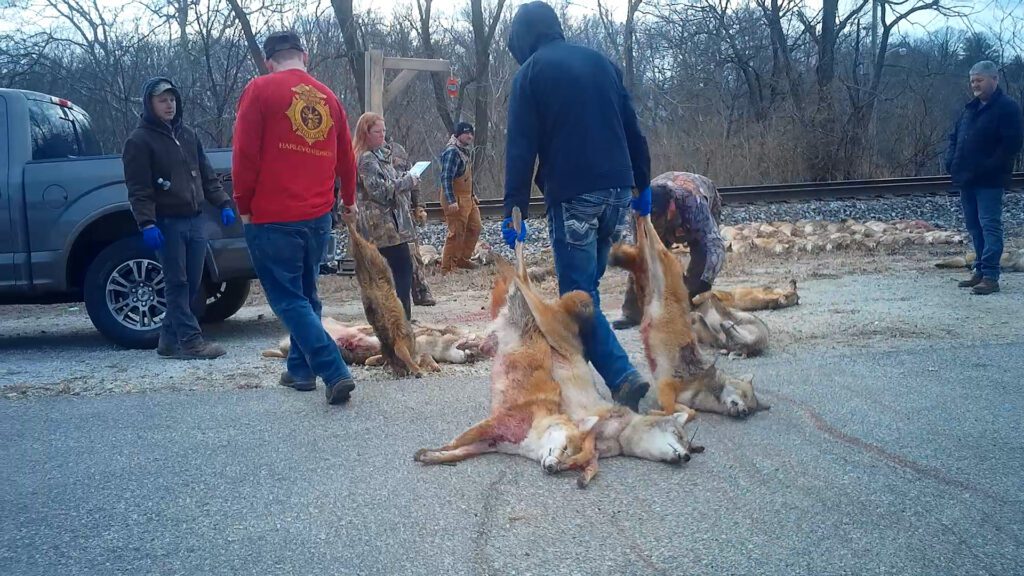


Welcome to the cruel world of wildlife killing contests, family events where children play amidst piles of slaughtered animals—and legal in 42 states.
By Katie Stennes, Independent Media Institute
7 min read
You would really have to try hard to find anything more depraved than a wildlife killing contest, which targets coyotes, foxes, bobcats, squirrels, raccoons, crows and even wolves and cougars in some states, for the sake of a prize that could range from cash to hunting equipment. These contests are responsible for the mindless killing of an inconceivable number of animals, all under the guise of sport.
Contests like these should be relegated to history books; instead, these events still take place in nearly all of the 42 states where wildlife killing contests are legal and result in the killing of thousands of animals every year.
Participants in these events, billed as family-friendly and often sponsored by bars, churches, firehouses and other local groups, compete with each other for prizes for killing the largest or smallest animal or the highest number of animals. Hundreds of animals may be slaughtered during a single contest. After the bloody piles of animals are weighed, prizes are awarded and the celebration ends, the bodies of the dead animals are often dumped like trash. Contestants frequently use cruel electronic calling devices to lure animals in for an easy kill and then shoot them with high-powered rifles—including AR-15s.
Referring to a custom-built rifle, a competitor in the De Leon Pharmacy and Sporting Goods’ Varmint Hunt told an investigator from my organization, the Humane Society of the United States (HSUS), that these rifles, “they’re like a .22-250 on steroids.” He had just used the rifle to gun down animals during the 21-hour contest that culminated in the pharmacy’s parking lot on a January morning in Texas. The rifles are “not very fur-friendly,” he added as he stood over a row of bloody bodies he had killed. “I wouldn’t use something like that if you want to save the fur.” To illustrate his point, he nudged a coyote, bragging, “I shot this one up here in the throat from high up and it blew out the whole bottom of his chest.”
Other participants at the contest unloaded more dead animals from the trucks, which were outfitted for prime killing with raised decks, cushioned chairs and gun mounts. A team of three men, who called themselves “Dead On,” won the event, killing five coyotes, two bobcats, a fox and a raccoon. Contest organizers handed out more than $3,000 in prize money.
At another killing contest in December 2020 that took place 1,000 miles north of Texas, an HSUS investigator saw firefighters helping to drag dead coyotes to the weighing station in the parking lot of the fire department in Williamsport, Indiana. The grand prize went to those who killed the five heaviest coyotes, with side pots awarded to those who killed the greatest number of coyotes, the “big dog” and the “small dog” (referring to the size of the coyotes). The winning team, which had all its teammates dressed in matching jackets, killed about 16 of the roughly 60 animals lined up for display when the contest ended. One competitor told investigators from the HSUS that he used an AR-15 rifle with night vision, adding, “I enjoy it.”
Other undercover investigations by the HSUS—in Maryland, New Jersey, New York (in 2018 and 2020), Oregon and Virginia—showed similar chilling images of contests, including children playing among dead bodies of animals.
Some of these contests are high stakes. At the West Texas Big Bobcat Contest in January, participants vied for $148,120 in prize money. The jackpot for “Most Grey Fox” killings went to a four-man team that killed 81 foxes in 23 hours.
Competitors spend thousands of dollars on equipment to achieve an almost absurd advantage. Electronic calling devices amplified across a field by a loudspeaker lure unsuspecting animals into the open using the sounds of dependent young in distress. These animals can hardly be expected to compete with a team of people armed with spotlights and AR-15-style weapons fitted with precision thermal night vision scopes that “troll” habitat areas, obliterating anything that comes their way.
Killing contests have a cousin in the old-school pigeon shoots—another contest based on indiscriminate animal slaughter. At a pigeon shoot, the birds are stuffed into spring-loaded boxes, thrust into the air at the shooter’s command and then shot from a short distance—all for thrills and prizes. Only one state—Pennsylvania—still openly holds these pigeon shoots.
Just like pigeon shooters, participants in wildlife killing contests spout false claims that they’re doing some act of service for society by ridding the landscape of animals they deem as “varmints” and “pests.” But it is a fact that these events are for fun and games and serve no legitimate wildlife management purpose. The best available science shows that randomly killing animals, especially coyotes, creates problems where there were none.
It sounds counterintuitive but killing coyotes causes them to proliferate. In an unexploited coyote pack, typically only the dominant pair reproduces. Kill off a few members, and the pack splinters apart to find other mates. More breeding pairs means more coyotes—and this adds yet another wrinkle. While most coyotes avoid livestock and prefer to munch on rodents, more pups mean more mouths to feed, forcing adult coyotes to find easier targets like sheep just to survive.
It’s a “paradoxical relationship”—kill more coyotes, lose more livestock. Haphazardly removing coyotes who haven’t been proven to threaten livestock before leaves voids that may be filled by coyotes who are more likely to prey on livestock. Most coyotes can even serve as “guard coyotes” for ranchers, keeping other carnivores at bay.
Native carnivores like coyotes and foxes provide a range of free ecological services to our communities—including controlling rodent and rabbit populations, indirectly contributing to the boosting of plant and bird biodiversity, and scavenging animal carcasses, which keeps our environment clean—and removing them en masse upsets the natural balance of our ecosystems.
We can’t make wildlife management decisions based on anecdotes or intuition or cater to misinformation that competitors use to justify their actions—we must follow the science. State wildlife agencies recognize that ethics must come into play, too. The Arizona Game and Fish Commission outlawed these killing contests in 2019. When the commission was still considering the ban, its chairman, Jim Zieler, who is also a hunter, was quoted by the Washington Post as saying, “There has been a lot of social outcry against this, and you can kind of understand why. It’s difficult to stand up and defend a practice like this.” Sportsmen and state wildlife agency professionals and commissioners across the country have echoed similar sentiments, and some have noted that these contests are damaging the reputation of hunters and jeopardizing the future of hunting. It’s a reasonable fear—society’s values about wildlife are shifting in favor of greater harmony with nature.
Making matters worse, the pandemic has added another element: virtual competitions where the killing persists but the judging and participation are online. Contestants living anywhere in the United States can submit videos of the animals they have killed nearby, and in these videos the contestants are seen shaking the bodies of the dead animals to show that they have been killed recently. These virtual competitions have also led to new prize categories like “best video of a kill.” People from more than 40 states have joined these contest websites, including from states where the contests have been banned. These virtual events take place nearly every weekend.
We certainly can’t let this continue without challenge, especially since many hunters share the growing public disdain for wildlife killing contests. They understand that no animal’s life should be taken in this cruel manner, and like countless other Americans, they believe that there are limits to what we should permit when it comes to the treatment and use of animals.
The good news is that bills and regulations to prohibit wildlife killing contests are emerging at both the federal and state levels. The reasons to ban these events are supported by overwhelming evidence, and those who oppose these contests will have increasing opportunities to register their viewpoints and convictions about this senseless killing of American wildlife, in letters to Congress and to state legislatures and state wildlife management agencies (contact your HSUS state director to find out what’s happening in your state), and to their local government. Wildlife is important to everyone, and our public policies and practices should reflect that.
###
Katie Stennes is the program manager for wildlife protection at the Humane Society of the United States. She has worked in the animal protection field for over eight years.
Take action…
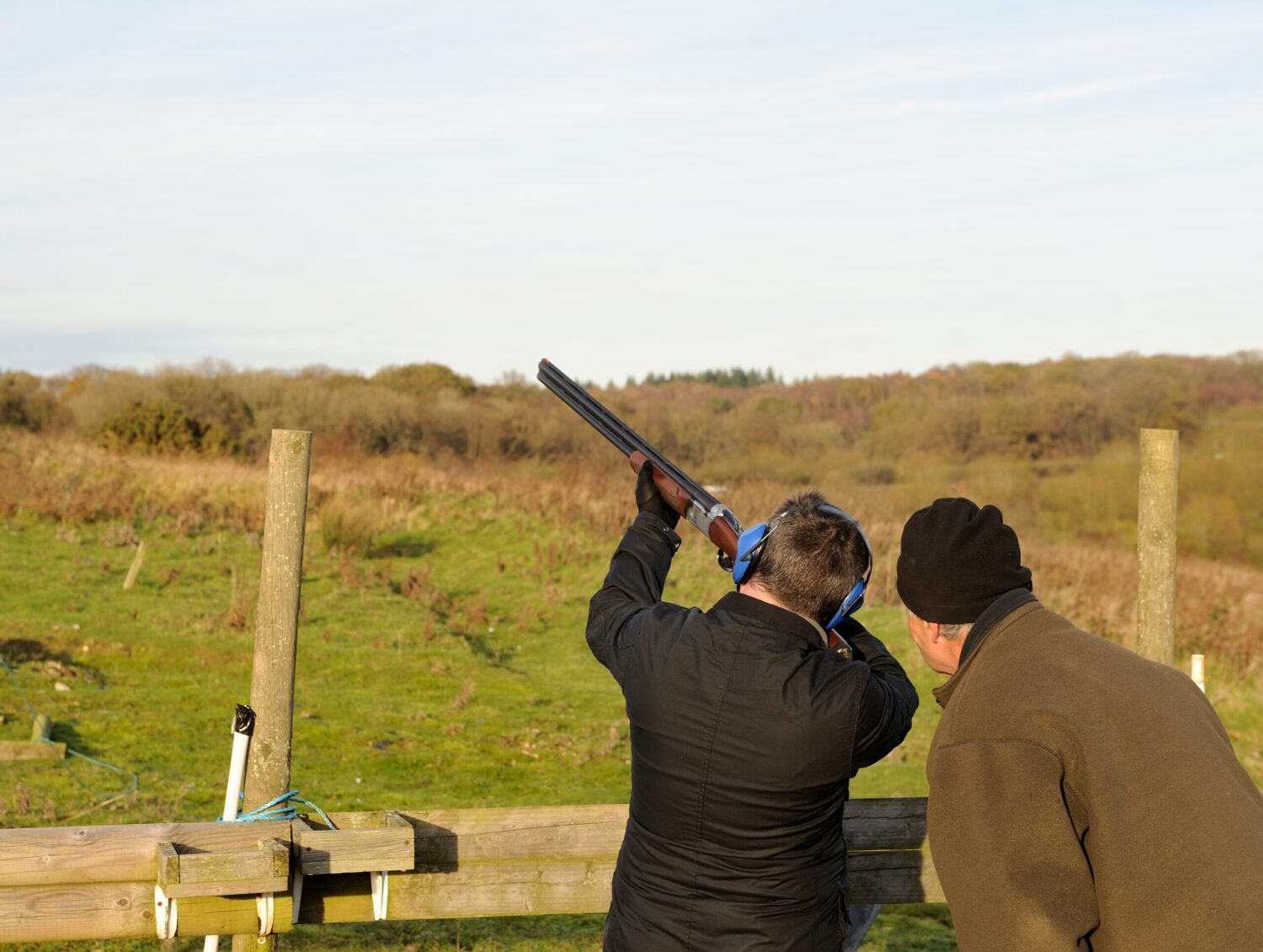
“Wildlife killing contests are barbaric, cruel and unsporting events where participants compete to kill wild animals for cash and prizes,” says the Humane Society of the United States. “The contests often target native carnivores like bobcats, coyotes and foxes, which are important species that play a critical role in healthy ecosystems. The events do not serve any legitimate wildlife management purpose and simply make a game of killing animals.”
Urge your federal legislators to support a ban on wildlife killing contests.
Cause for concern…
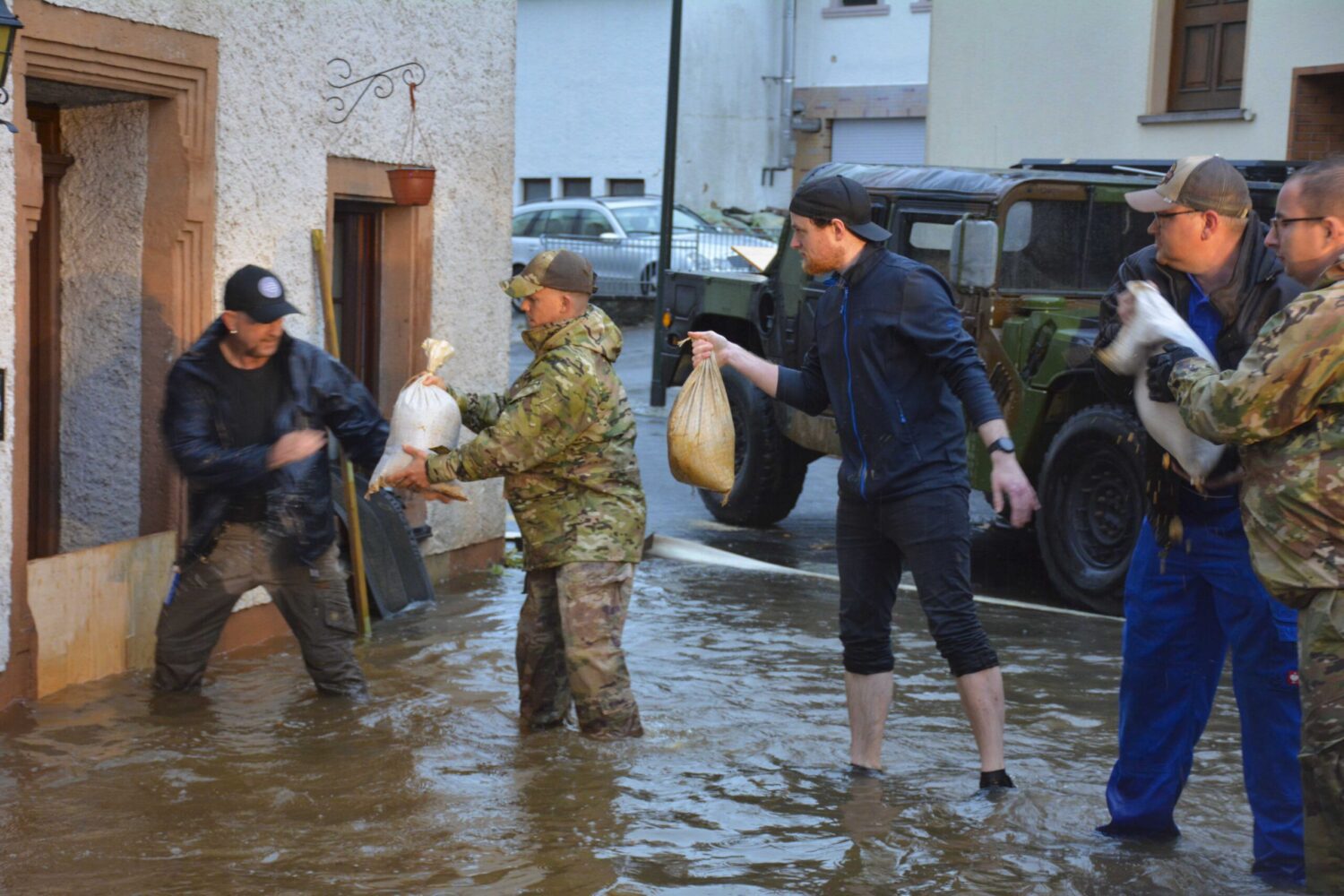
- Deadly flooding ‘shows the urgency’ of climate change, EU official says (Melissa Eddy and Jack Ewing, New York Times)
- Climate scientists shocked by scale of floods in Germany (Jonathan Watts, Guardian)
- Humanity’s #1 environmental problem is consumption—climate change is just one of the byproducts (Reynard Loki, NationofChange)
Round of applause…
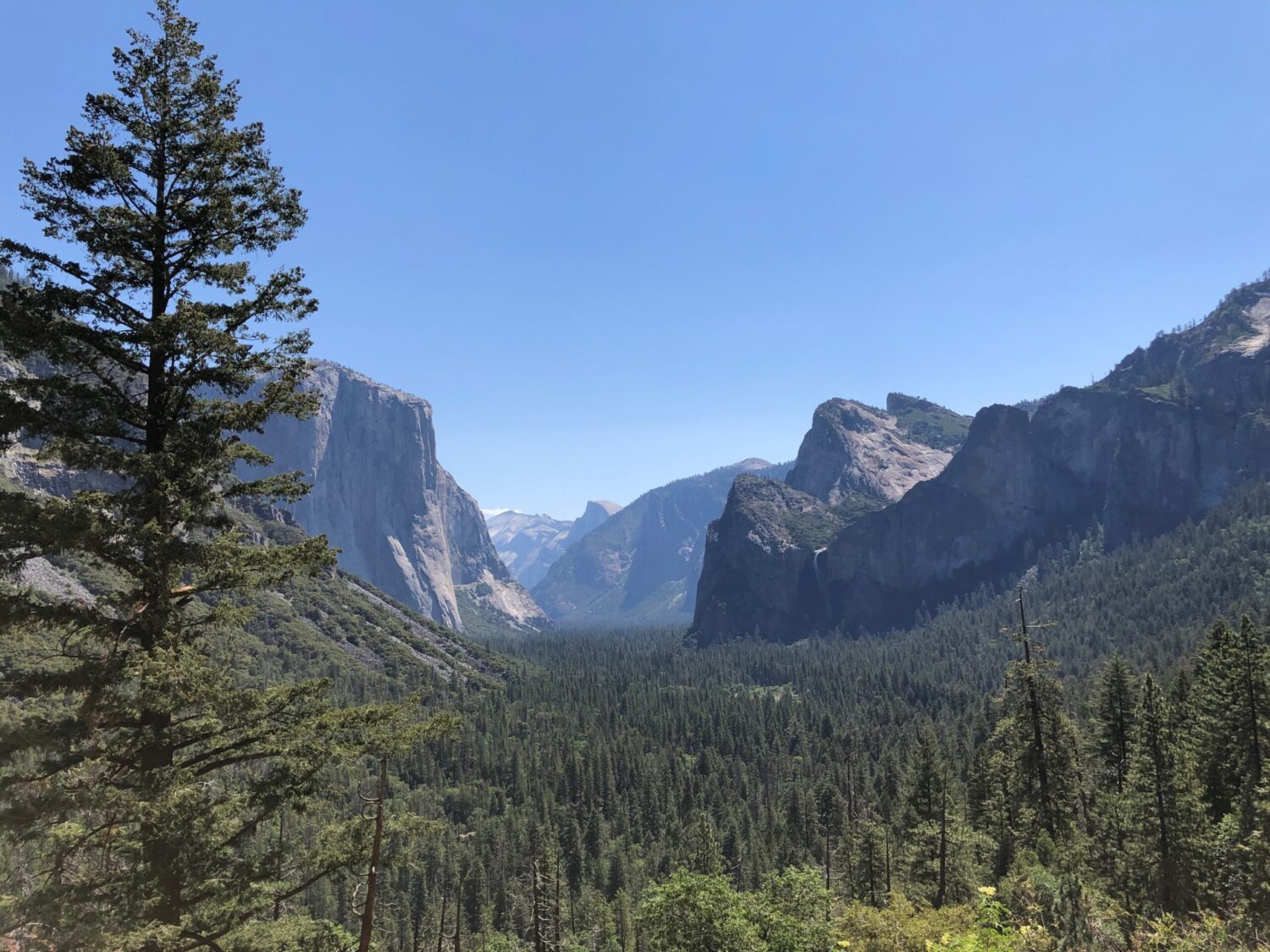
Writing in the Atlantic, David Treuer makes the case for returning America’s national parks to the people who were here before colonizers arrived. “The national parks are sometimes called ‘America’s best idea,’ and there is much to recommend them. They are indeed awesome places, worthy of reverence and preservation, as Native Americans like me would be the first to tell you,” he writes. “But all of them were founded on land that was once ours, and many were created only after we were removed, forcibly, sometimes by an invading army and other times following a treaty we’d signed under duress.”
ICYMI…

“A new kind of leadership is emerging to confront the climate crisis in an inclusive way. We know that we need to stop burning fossil fuels, we know that we need to transition to a renewable-based future, and we know that we need to invest in our communities to strengthen resilience and reduce vulnerabilities in the face of growing climate instability. But we are paralyzed by inadequate leadership in the United States. White, patriarchal leadership has been focusing too much on technocratic investments based on narrowly defined results and quantitative outputs. The prevalence of this rigid leadership style, based on assumptions of domination and competition, has been exacerbating the climate crisis, reinforcing racial and gender disparities, and excluding diverse voices and perspectives. But as the Squad grows, a new kind of leadership is emerging and widening the circle of power and opportunity. New coalitions of leaders are calling for public investment in collective, collaborative action that harnesses human potential, nurtures people, and builds strong communities.”
—Jennie C. Stephens, from her book Diversifying Power: Why We Need Antiracist, Feminist Leadership on Climate and Energy; web adaptation reproduced with permission from Island Press by Independent Media Institute as “White Patriarchy Won’t Solve the Climate Crisis: Antiracist, Feminist Leadership Is What We Need Right Now,” February 11, 2021
Parting thought…
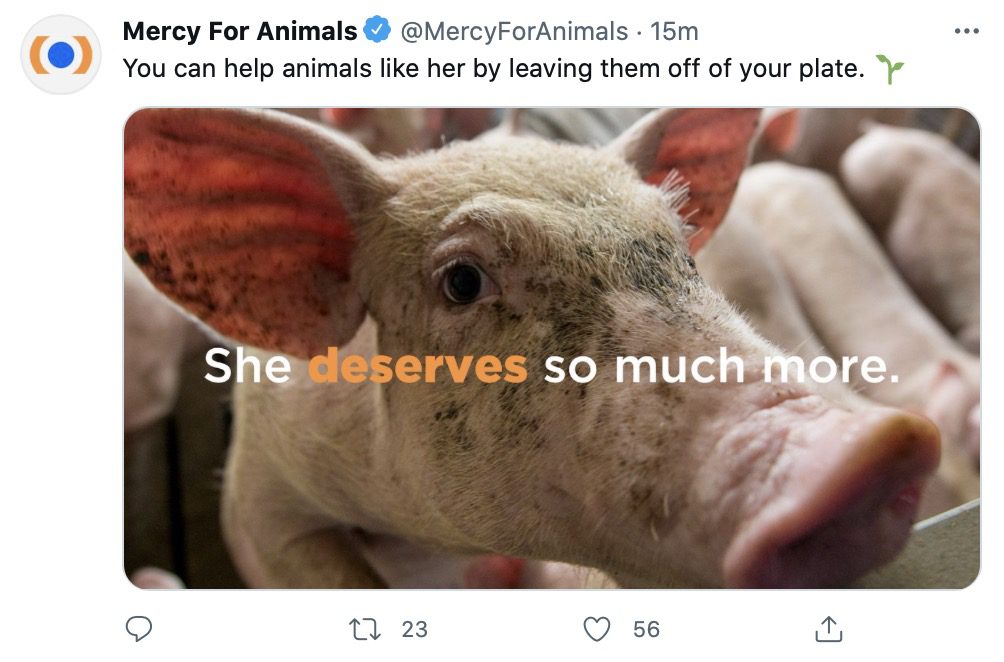
“A man can live and be healthy without killing animals for food; therefore, if he eats meat, he participates in taking animal life merely for the sake of his appetite. And to act so is immoral.” —Leo Tolstoy
Reynard Loki is a writing fellow at the Independent Media Institute, where he serves as the editor and chief correspondent for Earth | Food | Life. He previously served as the environment, food and animal rights editor at AlterNet and as a reporter for Justmeans/3BL Media covering sustainability and corporate social responsibility. He was named one of FilterBuy’s Top 50 Health & Environmental Journalists to Follow in 2016. His work has been published by Yes! Magazine, Salon, Truthout, BillMoyers.com, Counterpunch, EcoWatch and Truthdig, among others.
Earth | Food | Life (EFL) explores the critical and often interconnected issues facing the climate/environment, food/agriculture and nature/animal rights, and champions action; specifically, how responsible citizens, voters and consumers can help put society on an ethical path of sustainability that respects the rights of all species who call this planet home. EFL emphasizes the idea that everything is connected, so every decision matters.
Click here to support the work of EFL and the Independent Media Institute.
Questions, comments, suggestions, submissions? Contact EFL editor Reynard Loki at [email protected]. Follow EFL on Twitter @EarthFoodLife.